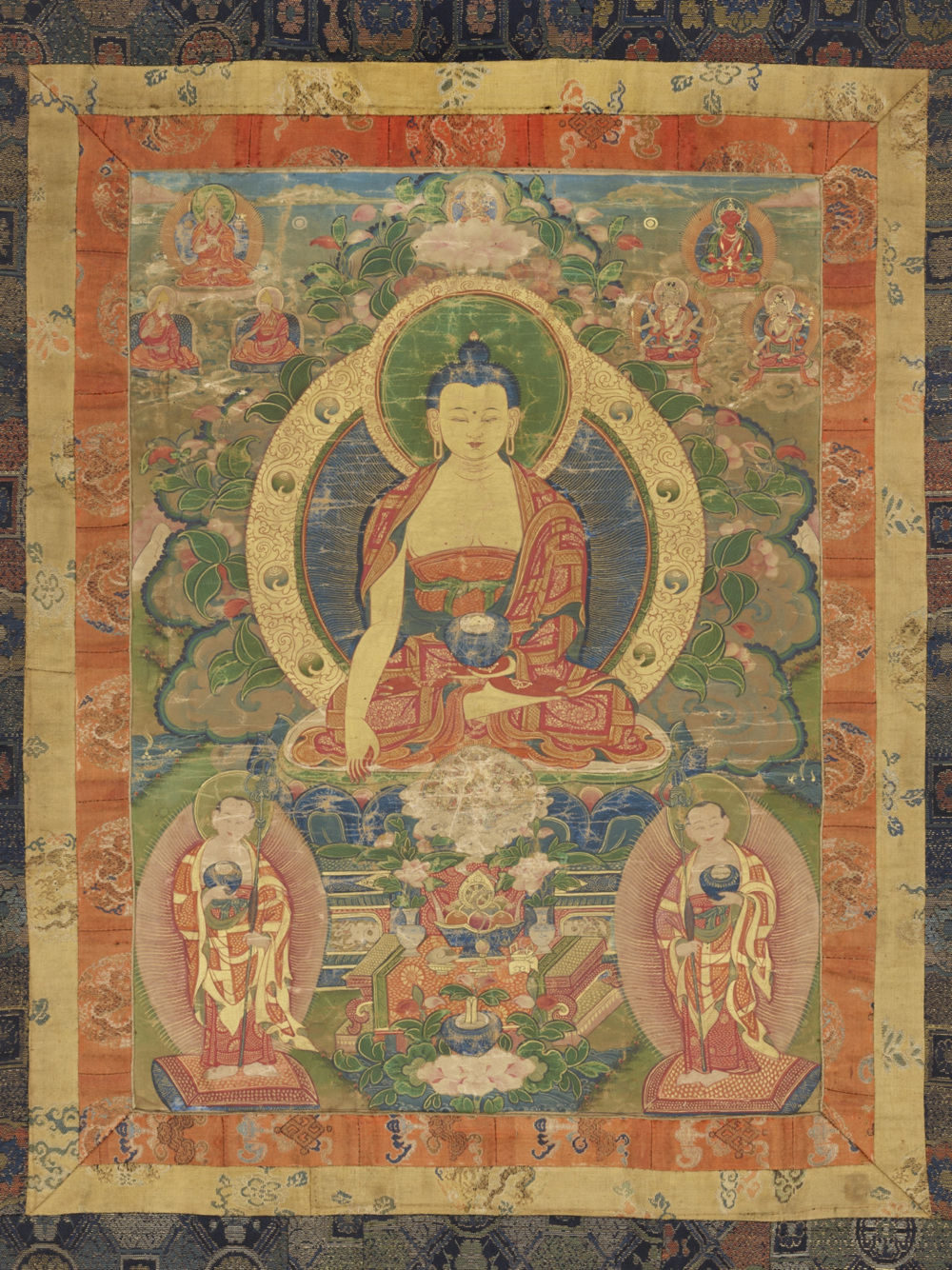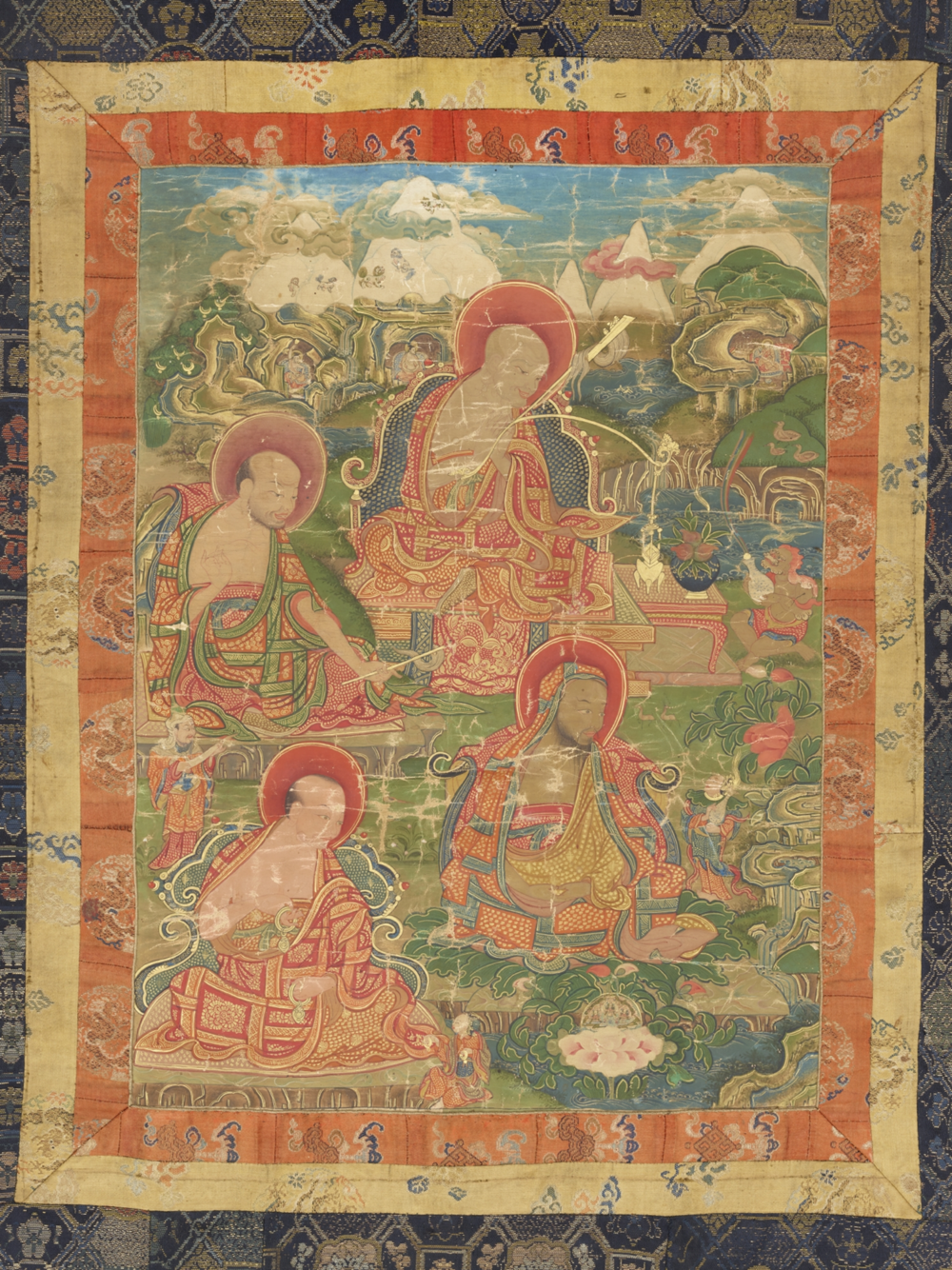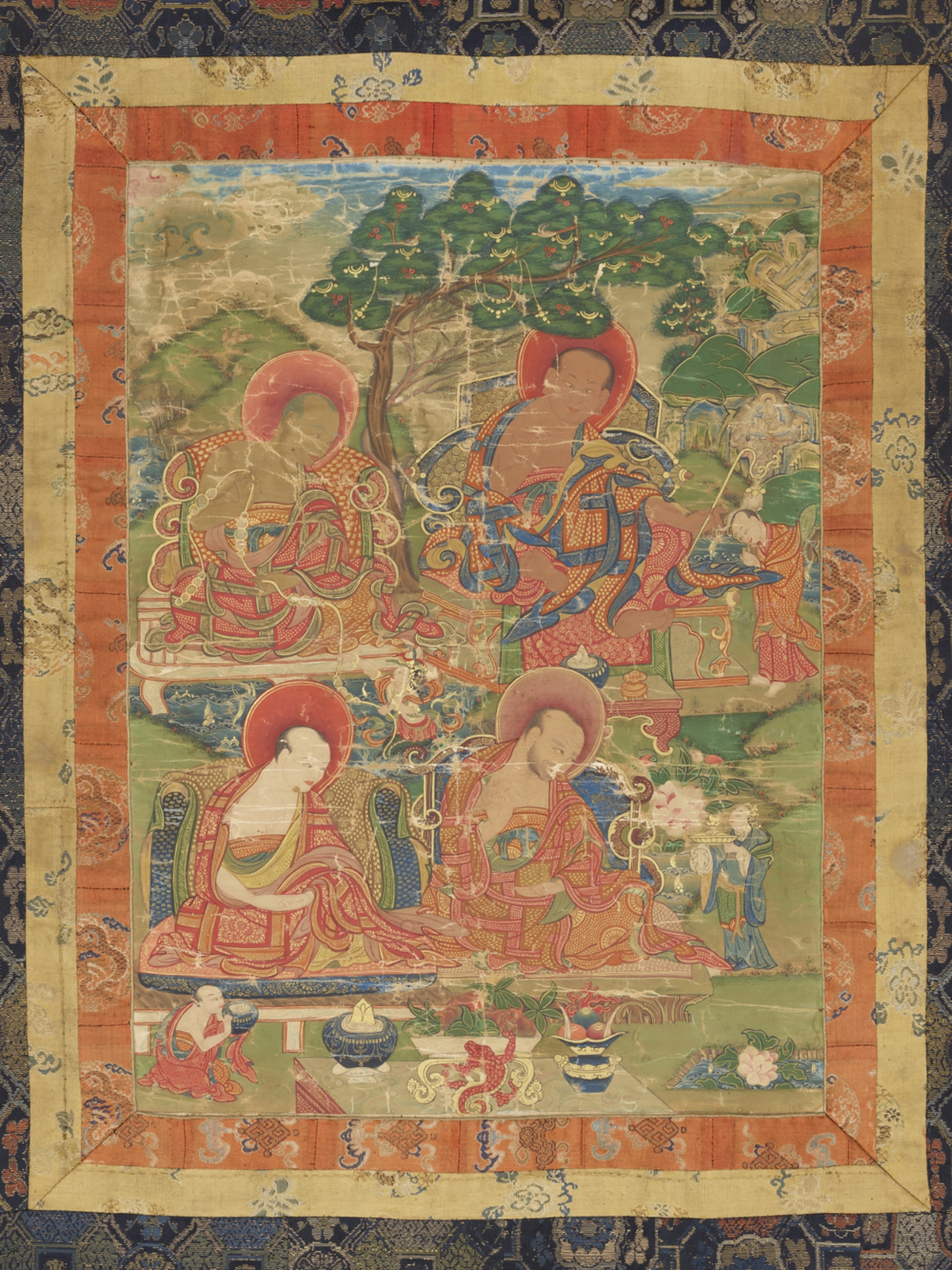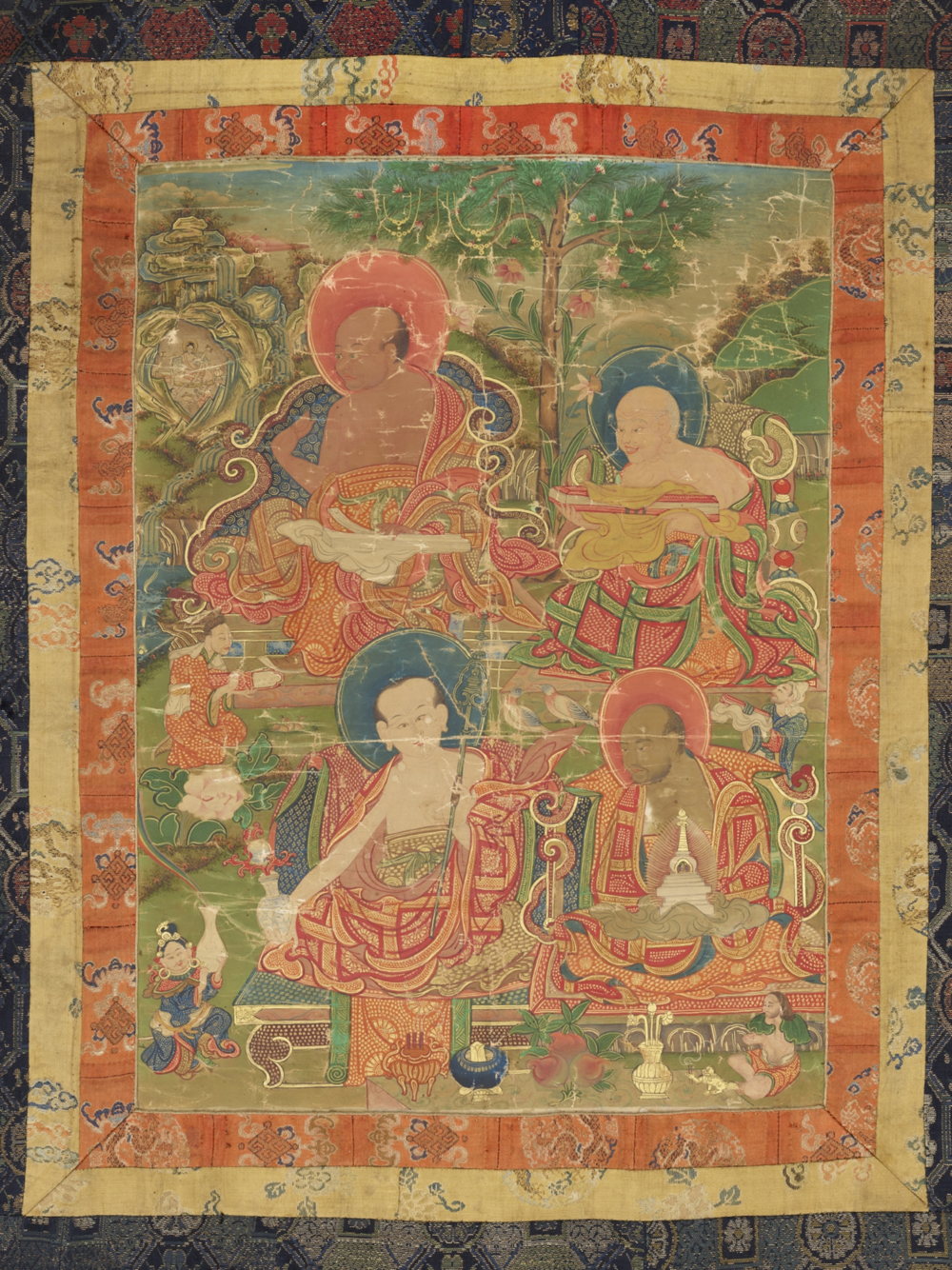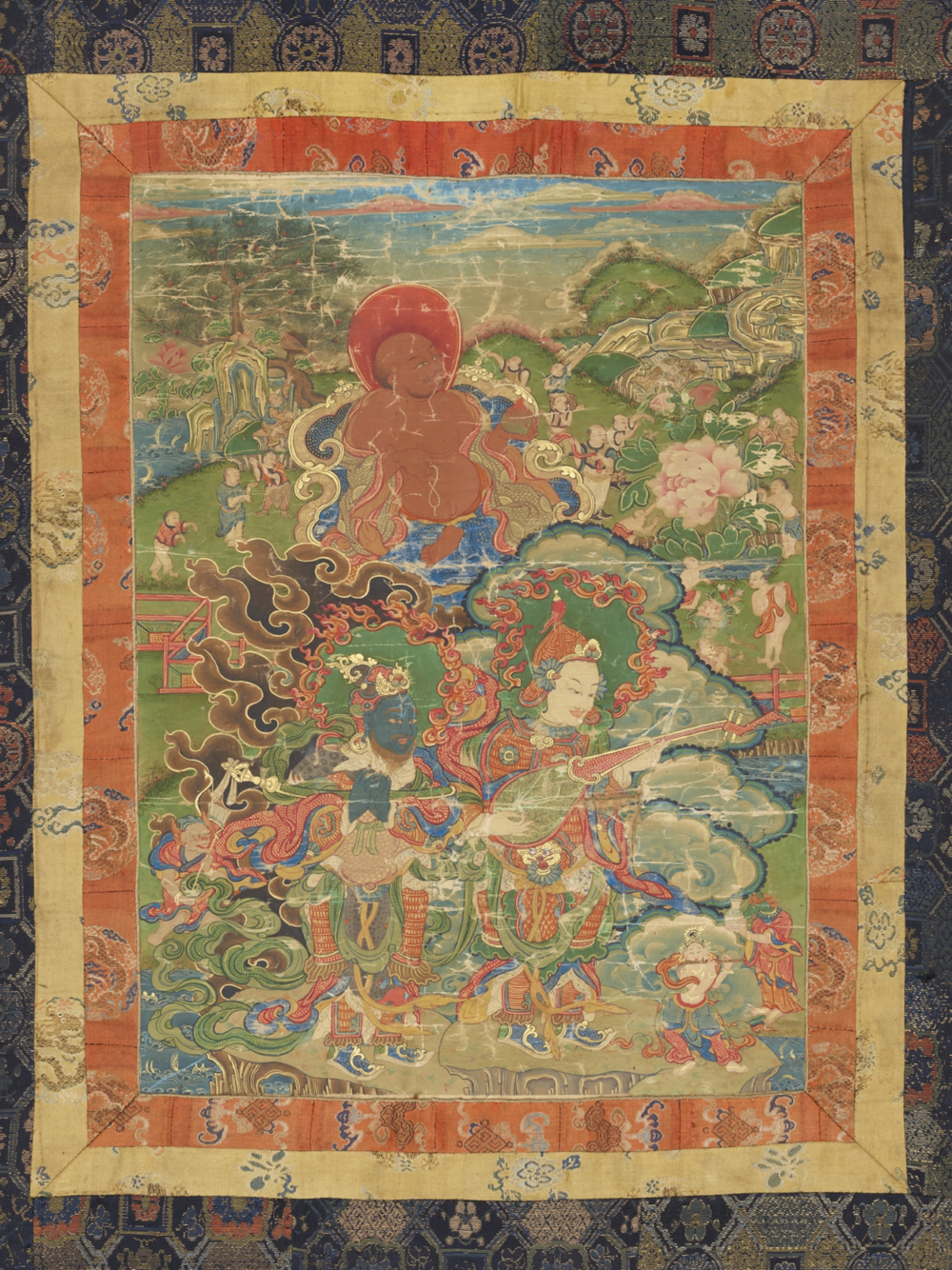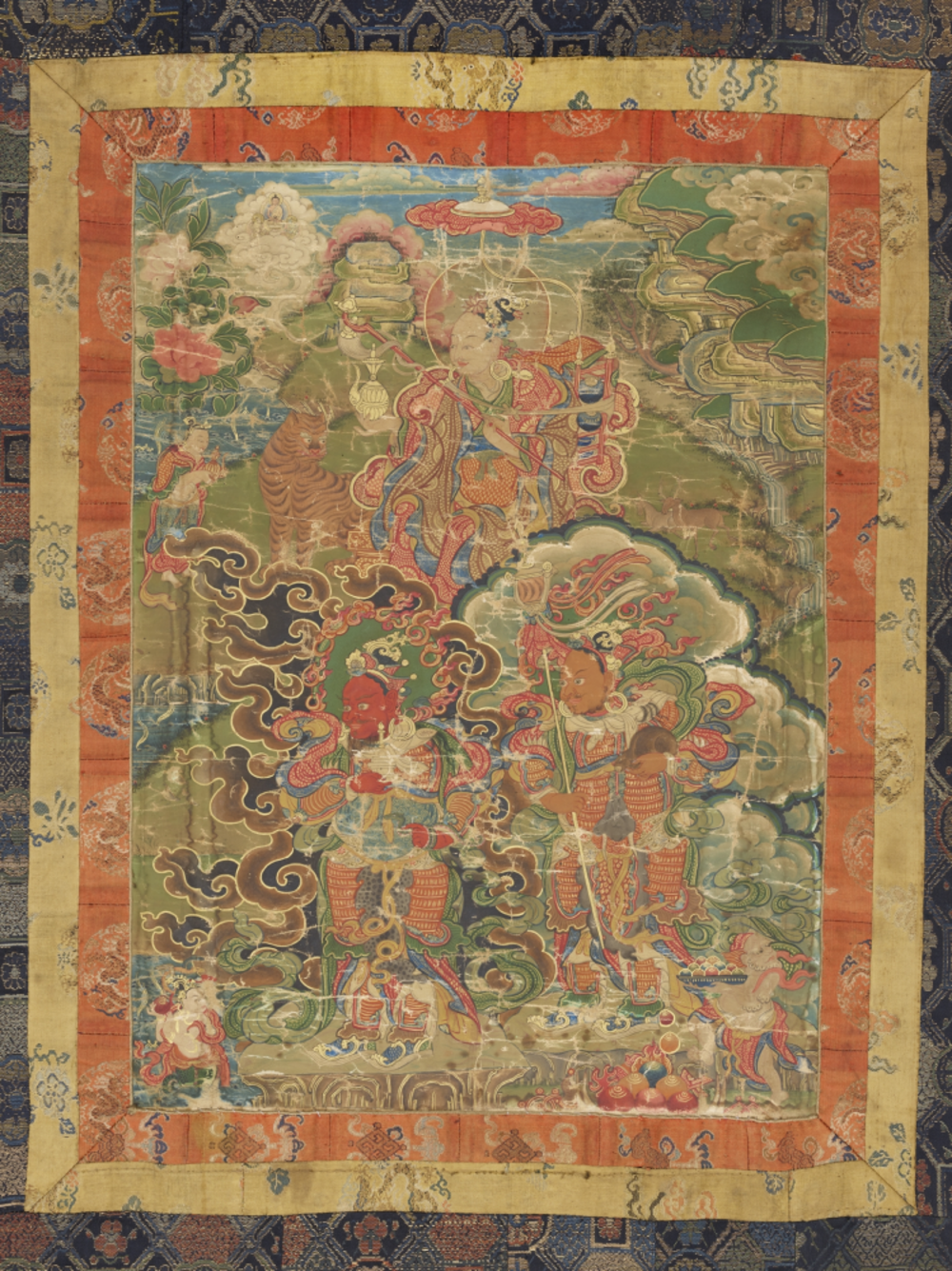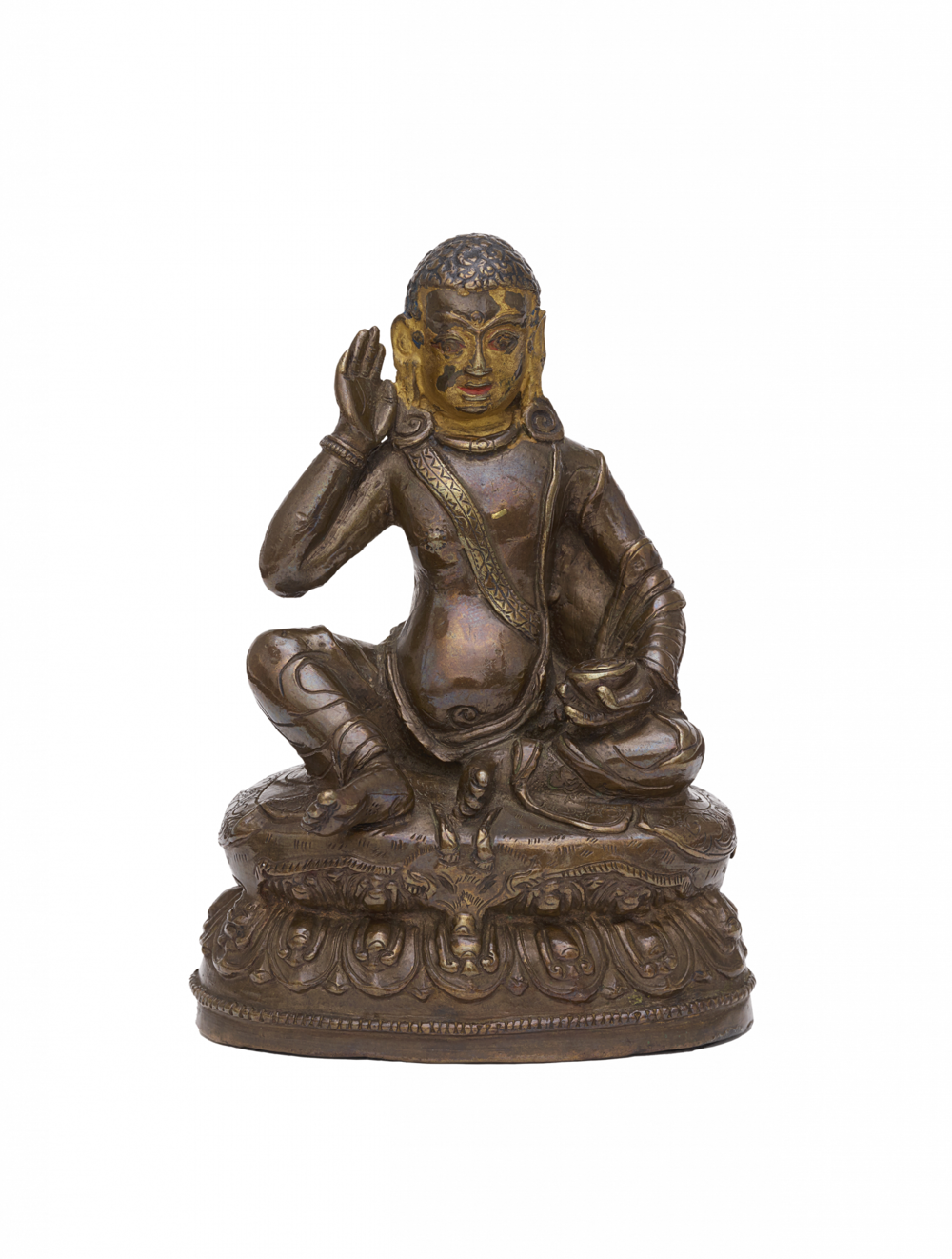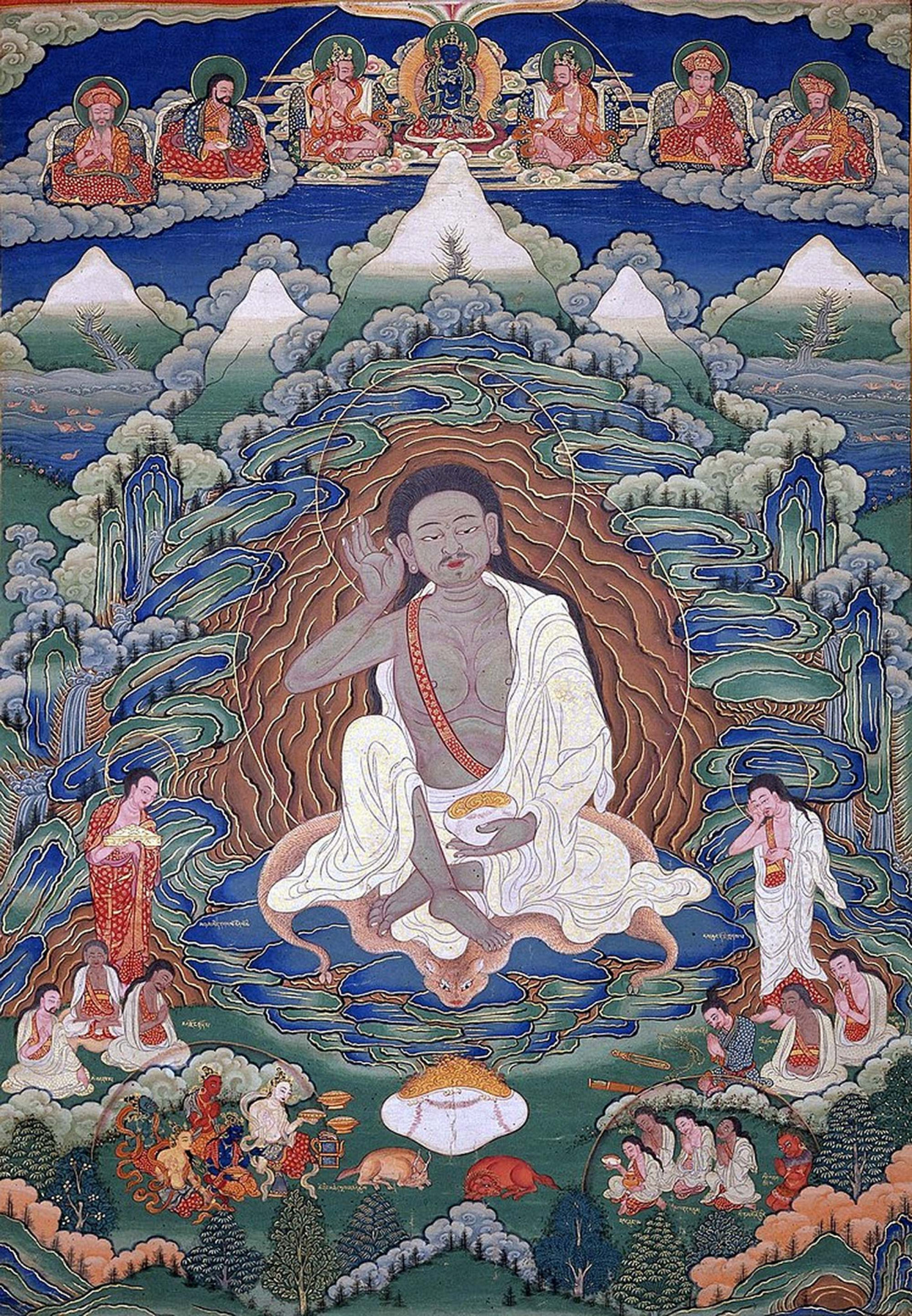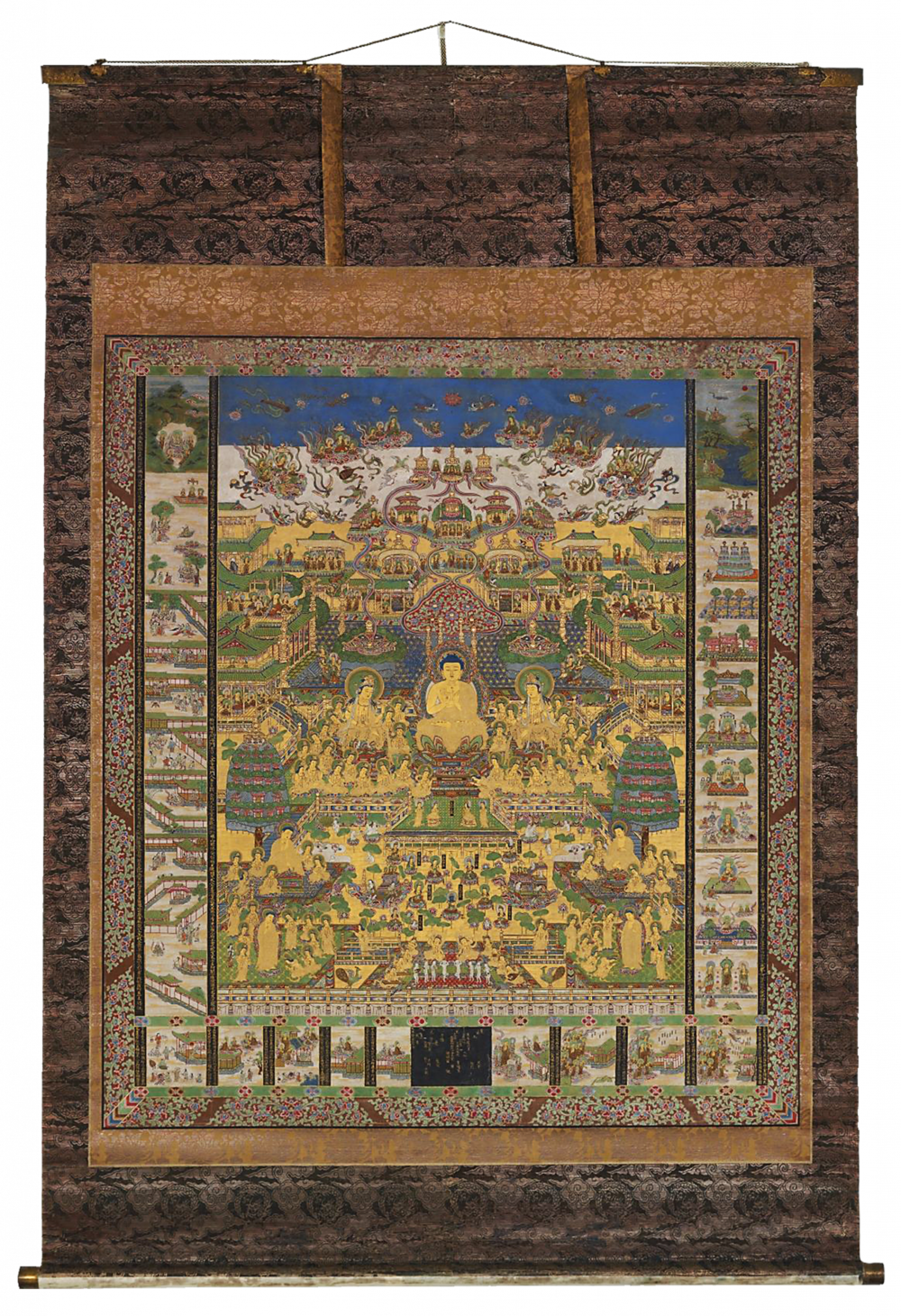Learn something in this story about the variety within the Buddhist traditions.
Buddhism as practised in Sri Lanka, for instance, is very different from Himalayan Buddhism.
A rough distinction between Buddhism’s various forms can be made by reference to its three great schools: Theravada, Mahayana, and Vajrayana.
